Anthony Palumbo Interview
Welcome to our Artists Interview series – There’s no Magic without art – where we talk to artists about their work on Magic: the Gathering.
Today we share with you our talk with Anthony Palumbo, and here’s what he told us.
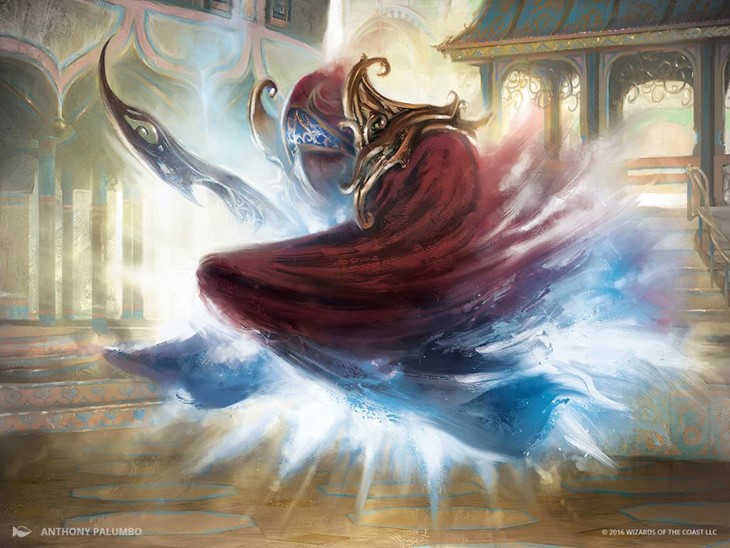
You’ve been working with Wizards of the Coast for almost 10 years now. Tell us a little about how you got started.
I admired Magic as a fantasy art institution since I first started seeing the cards in the 90s. They lingered in my mind as I grew up, and around 2007 my brother David began doing illustration work for them. A year or so later, I began to look for work as a freelance illustrator myself, and traveled to San Diego Comicon to show my portfolio around and hopefully pick up some clients.
After hours, Dave was having drinks at the hotel bar with some of his artist pals, including his Magic art director Jeremy Jarvis. Dave made a point of giving me a warm introduction and mentioned that I was interested in working for Magic and had a portfolio tucked under my arm. Jeremy checked it out, and good dude, that he is, told me he’d give me a shot at an assignment.
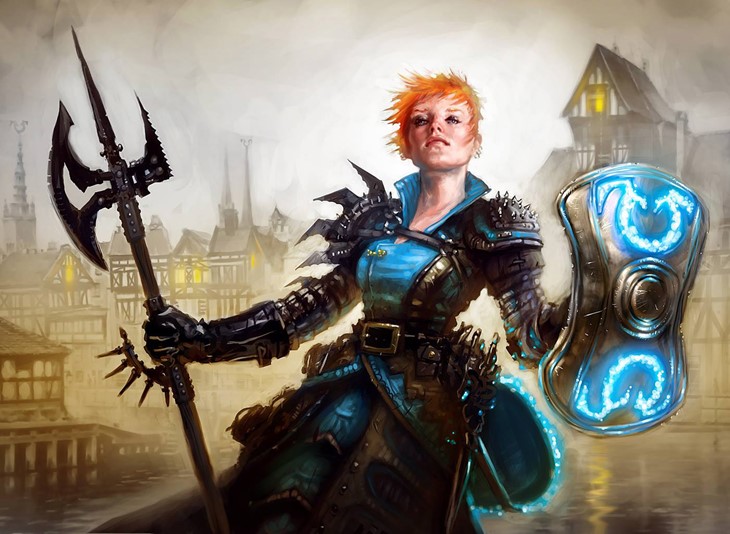
In which way does the small card format condition the creative process, and how do you work around it?
I’ve taken to really enjoy the small format of Magic cards. It forces me to simplify, and have clarity in my work. It’s definitely influenced everything I’ve done actually – I always want my images to communicate, even at only one inch high. And at the same time, I’m always surprised by how much detail can be seen on the small cards if you focus on them for a few seconds.
I read in a previous interview that you “tend to get assigned cards with a stillness and quiet to them, as opposed to violent action”. Did you notice this tendency in your work right from the start?
Yes, this has always been a tendency of mine. I think it stems from my background as a traditional painter. My early work was often painted from life, or emulated the live model poses seen in art from the pre-photography era of painting.
The opposite of this would be the breed of artists who come from more of an animation or comic book background. Their work breathes dynamic action and movement, and I very much admire it. But I’ve always felt most comfortable concentrating on stillness and capturing a quiet pause.
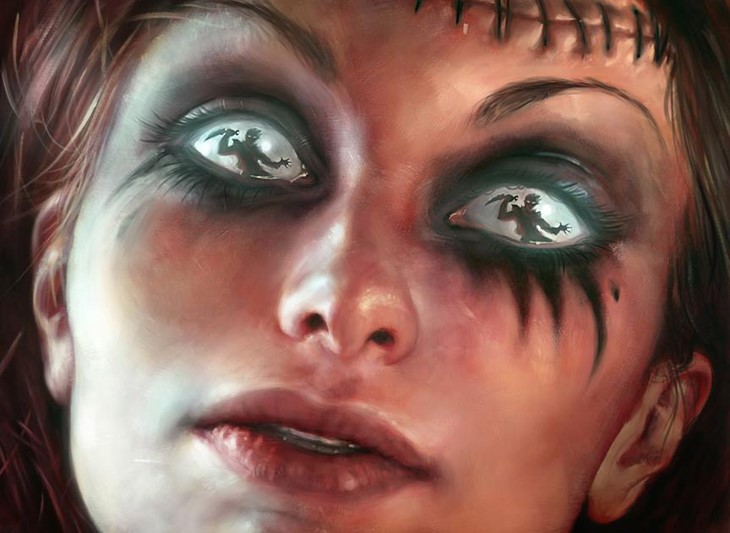
You grew up in a house where both your mother and stepfather were artists, and today you live and share your life with Winona Nelson, a well-known artist that also made some amazing Magic art. How has this contributed to your development as an artist?
It’s surely contributed in ways that I can’t even grasp, in the way that a goldfish swimming in a bowl doesn’t know what water is. This is all I know. My parents and brother and girlfriend are all fantasy painters! There was a period from when I was in art school and several years after (maybe from when I was 17-26 years old) that I fancied myself a gallery artist and I avoided working on any art that was explicitly a genre illustration. But eventually, I gave in to my true nature and desires and returned to the culture and community of fantasy artists that I grew up in.
Can you give us a brief rundown of your work process during a regular commission?
For Magic, when the assignment comes into my inbox I read the brief from the art director, and if there is a new style guide I’ll check that out too. Then I just let it sit in the back of my head for a week or two and don’t do any work on it until the deadline for the sketch approaches.

By this time, the assignment has rolled around in my subconscious for a while and I reread the brief to re-familiarize myself with it. And at that point, I pretty much know what my vision of it is, after living with the idea of the card and thinking over possible approaches for a while. I’ll do one or two digital color sketches to send to the art director for approval, and usually, they just have a few details they’d like to see adjusted before I tighten things up for the final piece.
The art creation process itself has me spending about half of my working time on the sketches, in which I’ll digitally sculpt the needed elements such as characters, armor, weapons, and architecture in ZBrush, and play around with them as a photographer would. I’ll use these 3D models as references for my sketches and for the final work and possibly use photo references too to try to bring the subtleties of reality to the piece.
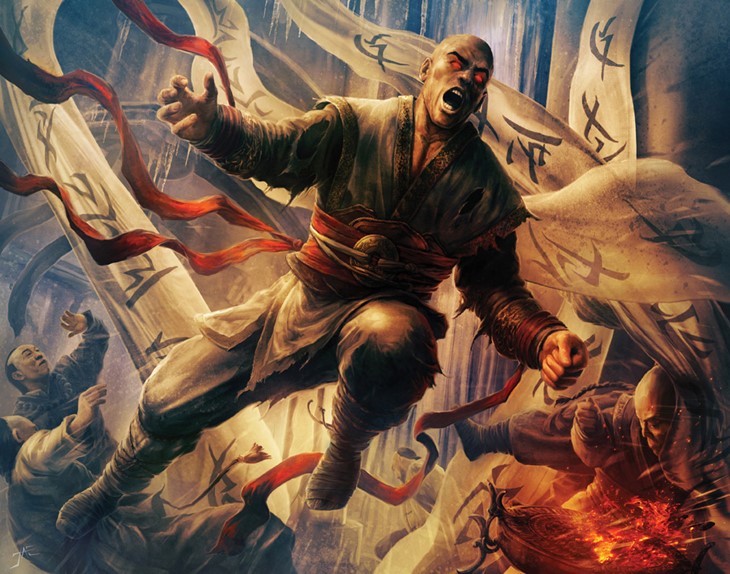
What were some of your most challenging commissions, and why?
When I’m outside of my comfort zone, it’s always a scary time. For me, these would be cards that feature a monster rather than a human. I think there are two distinct types of fantasy artists: Those who got into drawing because they love drawing beautiful people (Winona Nelson is a Magic artist who I believe falls into this category), and those who above all else love inventing monsters and creatures (my amigo Jason Felix comes to mind).
And there are some who I think is in love with both, like Allen Williams. I’m one who has only ever wanted to paint people. So when an assignment like Field Creeper or Enraged Giant comes along, I’m crapping my pants in fear that I’ll have no idea how to do it. Those were tough for me, but I’m happy with how both of them came out.
Hollow One is an incredible painting of yours. It’s hard to tell if he’s a villain or a hero (maybe neither), part of his body looks shattered, and yet, he walks triumphantly under the mysterious desert light. Can you tell us more about how this painting came to be?
Thank you, I love that one! I like your description of it too. This is the first time I’ve ever thought about whether he is a hero or a villain. When I was painting him, I just thought of him as tough and enduring in a very harsh realm. There was a bit of a storytelling challenge here to show in one image that this is the lid to a sarcophagus coming to life.
I put a little bit of twist in his sarcophagus body to help show what he’s made of, getting to see him from more angles that way. I created a very detailed digital sculpt of the character to get his design down and as an aid in giving realism to the final image. The whole process was a really smooth one, this was one of my favorite assignments ever (despite no pretty people in it!)
And then later the card took on a whole extra significance for me. I went to a GP in Shanghai in 2017 and learned that the Chinese players saw this card in a hilariously different way than I ever could have ever anticipated. By chance, the face in my Hollow One illustration looks similar to an actor seen in a Chinese internet meme based on a screenshot from the 1988 Hong Kong action film As Tears Go By.
Usually, this meme is coupled with some choice foul language. I had never heard of this movie or the meme before, but a lot of the players in Shanghai brought it up when they learned I painted Hollow One. At least two people at the GP had the meme printed on their t-shirts, that’s how much this thing was going around. So learning that there was a subculture of Magic players in China who had all of these inside jokes about a painting I did make me unbelievably happy. That my painting was causing the laughter on the other side of the planet for reasons I could barely even understand – was one of my favorite experiences ever as a Magic artist.
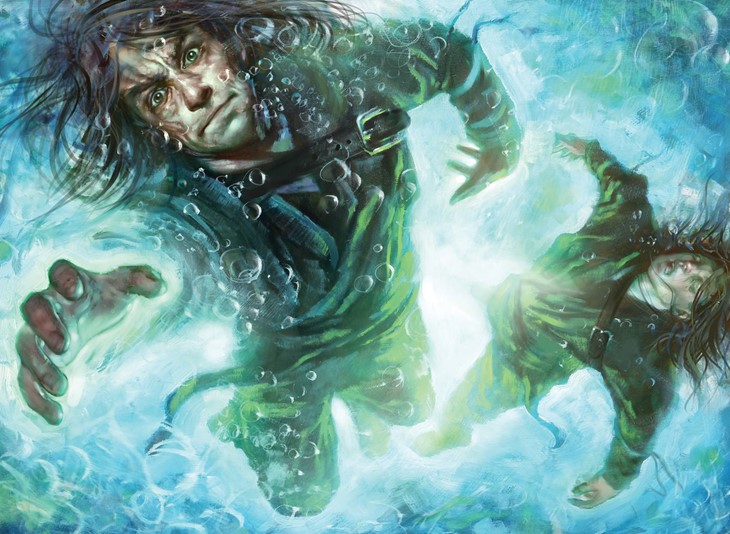
What’s the most satisfying part of making art for Magic?
It’s the unexpected but delightful interactions with players at GPs, such as the one I just mentioned. Usually, at every Magic event I’ve gone to, there is one surprise moment where a stranger and I unexpectedly connect because of the art. Usually, there is laughter, and occasionally even tears. That Magic allows this kind of connection between people is the coolest thing about it.
We want to thank Anthony for taking the time to give us this interview, and for his friendliness. You can find more about his work on his website.
And here are the four cards he made for Dominaria!
Recommended Posts

Adam Paquette Interview
Welcome to our MTG Artists Interview series There's no Magic without art. For this week's interview, we talked with Ad
Read More
Anson Maddocks Interview
Welcome to our MTG Artists Interview series There's no Magic without art. We're very happy to share with you our talk
Read More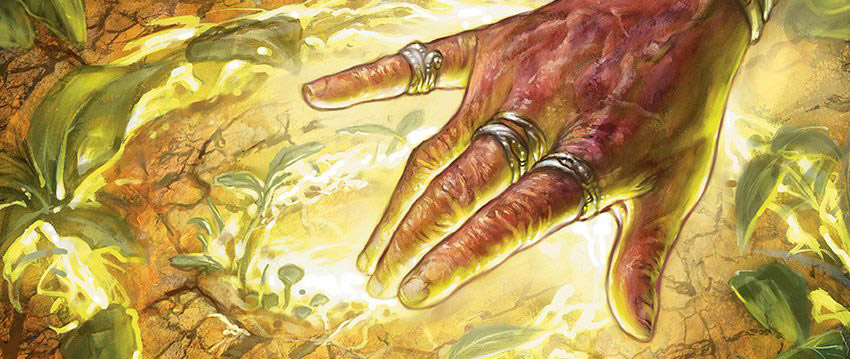
Anthony Palumbo Interview
Welcome to our Artists Interview series - There's no Magic without art - where we talk to artists about their work on
Read More